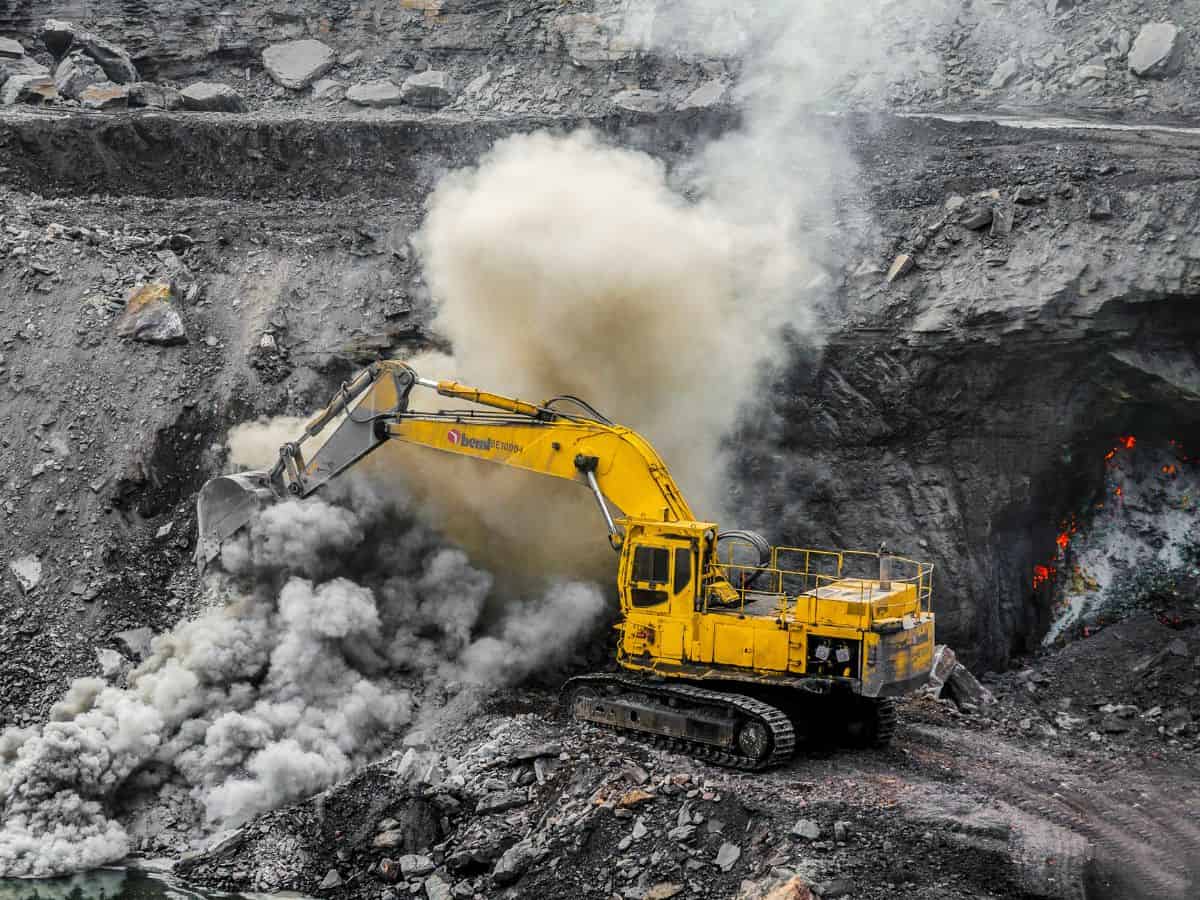Govt Sets 2025 Deadline to Control Surface Fires at 27 Jharia Coal Mines
Union Coal Minister Pralhad Joshi said in a written reply that, Some coal mines of Jharia in Jharkhand have been burning for many years due to unscientific mining prior to the nationalisation of coal mines.

New Delhi: The Leading government on Wednesday in the parliament mentioned that they are majorly focusing to control surface fire.
The Jharia coalfield in Jharkhand, India, has long been plagued by underground coal fires, resulting in significant environmental damage.
Union Coal Minister Pralhad Joshi said in a written reply that, Some coal mines of Jharia in Jharkhand have been burning for many years due to unscientific mining prior to the nationalisation of coal mines.
In an effort to address this issue, the government has undertaken a commendable initiative to control surface fires at 27 locations of 19 coal mines in Jharia by the end of 2025.
The Menace of Surface Fires in Jharia:
For decades, the Jharia coalfield has been notorious for its underground coal fires, which have caused severe damage to the environment and led to the displacement of thousands of people. These fires not only release large amounts of toxic gases and particulate matter into the air but also result in land subsidence, making the area highly vulnerable to accidents and collapses.
The Government's Initiative:
Recognizing the urgency of the situation, the government has launched a comprehensive plan to control surface fires in Jharia. Under this initiative, 27 locations in 19 coal mines have been identified as priority areas where immediate action is required. The plan involves a multi-pronged approach, including the deployment of advanced firefighting techniques, the sealing of abandoned mines, and the establishment of green belts to prevent the spread of fires.
Benefits of Controlling Surface Fires:
Bringing surface fires under control in Jharia will have numerous benefits, both for the local population and the environment.
Firstly, it will improve air quality, reducing the health risks associated with the release of toxic gases and particulate matter. Secondly, it will minimize the risk of accidents and collapses, ensuring the safety of workers and nearby communities.
Additionally, it will allow for the reclamation and productive use of the affected land, promoting sustainable development in the region.